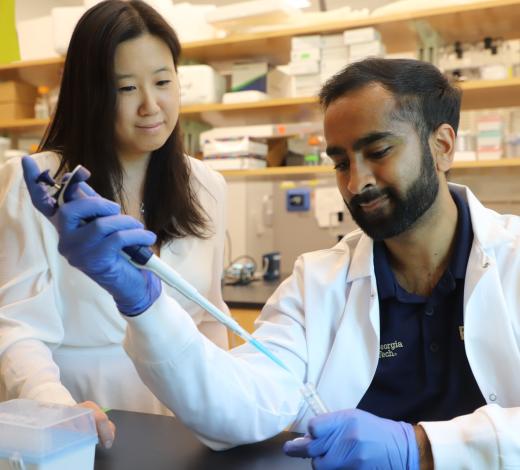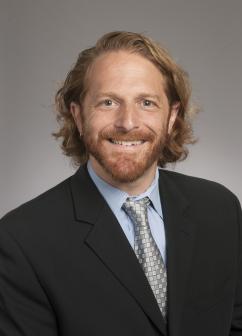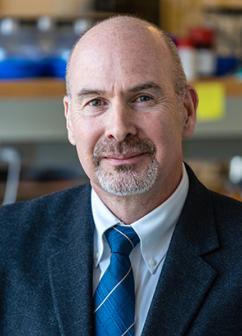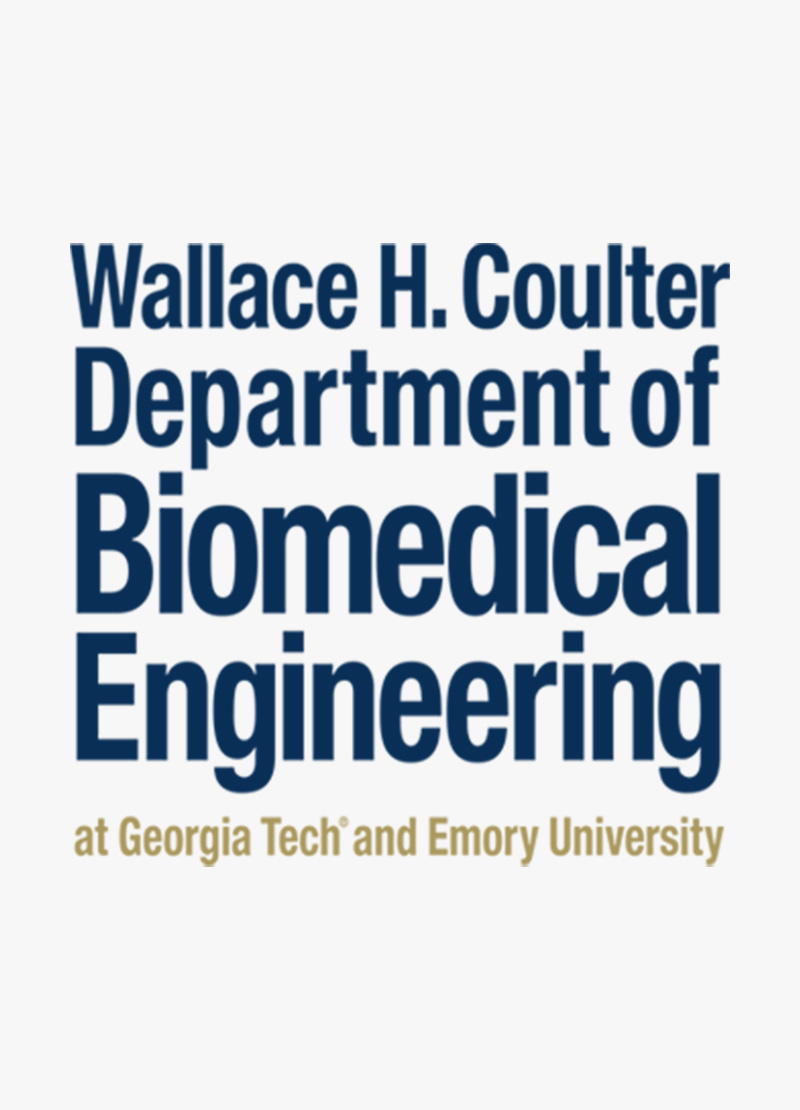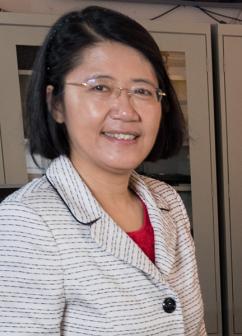Cardiovascular Engineering
Overview
Cardiovascular Engineering at the Coulter Department encompasses a broad spectrum of biomedical and engineering research aimed at understanding, diagnosing, and treating cardiovascular health issues. This interdisciplinary field integrates fluid dynamics, solid mechanics, and biological sciences to address diseases of the heart, valves, vasculature, and lymphatics in both adult and pediatric populations.
The department is internationally recognized for its work in mechanical heart valves, bioprosthetic designs, and polymeric tri-leaflet valve prostheses. Research efforts span molecular to organ-level investigations, using experimental, computational, and multi-scale “OMICS” and in silico approaches.
Research Focus
Key areas of research include:
- Fluid Dynamics & Solid Mechanics: Blood flow and mechanical stress in cardiovascular structures; thrombosis, stroke, aneurysms, and sickle cell disease
- Cardiovascular Regeneration & Repair: Gene, drug, and cellular therapies; biomaterials, bio 3D printing, and nanotechnology
- Multi-Scale Experimental & Computational Modeling: From genes and small molecules to cellular and organ systems; integrative and multi-scale analysis
- Endothelial Cell Biology & Arterial Remodeling: Mechanisms of atherosclerosis and plaque disruption; hemodynamics and vascular biology
- Biomechanical Evaluation & Imaging: Heart failure studies using swine and bovine models; Translation to clinical use with cardiac MRI
Application Areas
- Medical Device Development: Advanced heart valve and vascular graft technologies
- Clinical Translation: Early detection of disease progression and Biomechanical indices for therapeutic guidance
- Pediatric Cardiology: Research on congenital heart defects and pediatric lesions
- Regenerative Medicine: Tissue engineering and repair strategies
